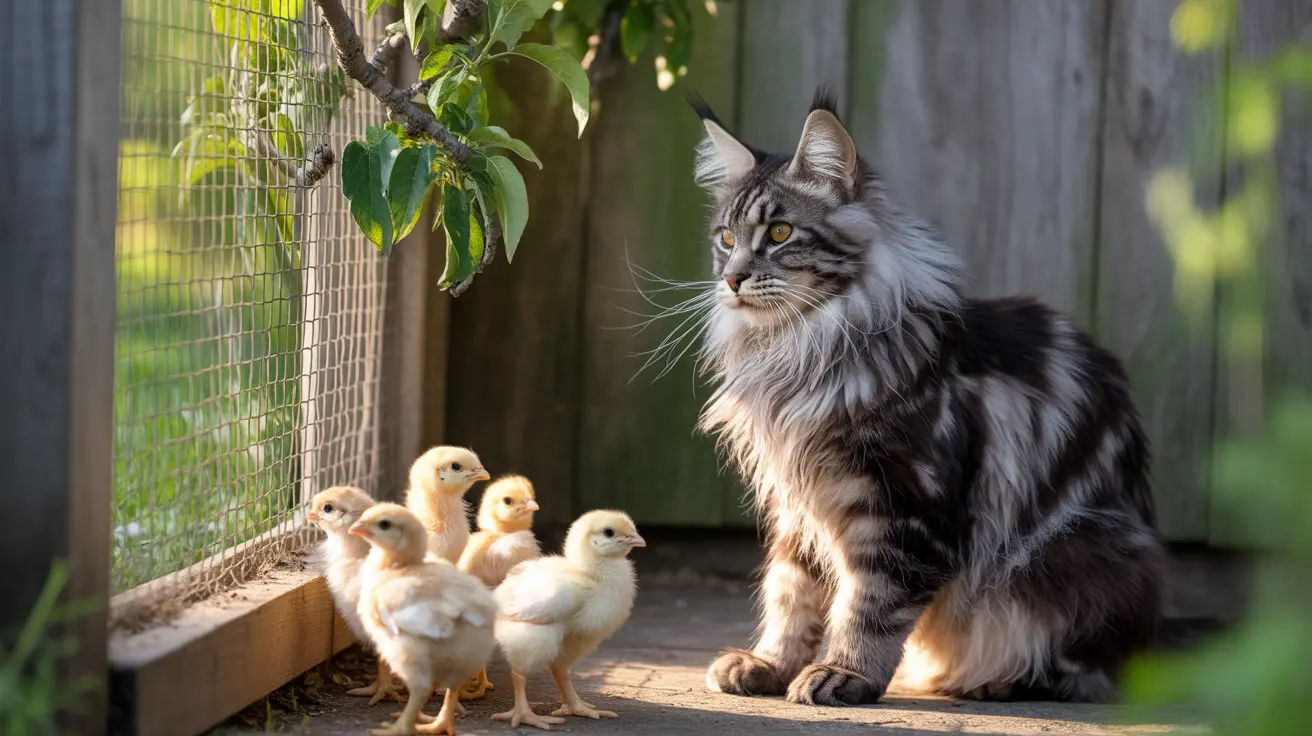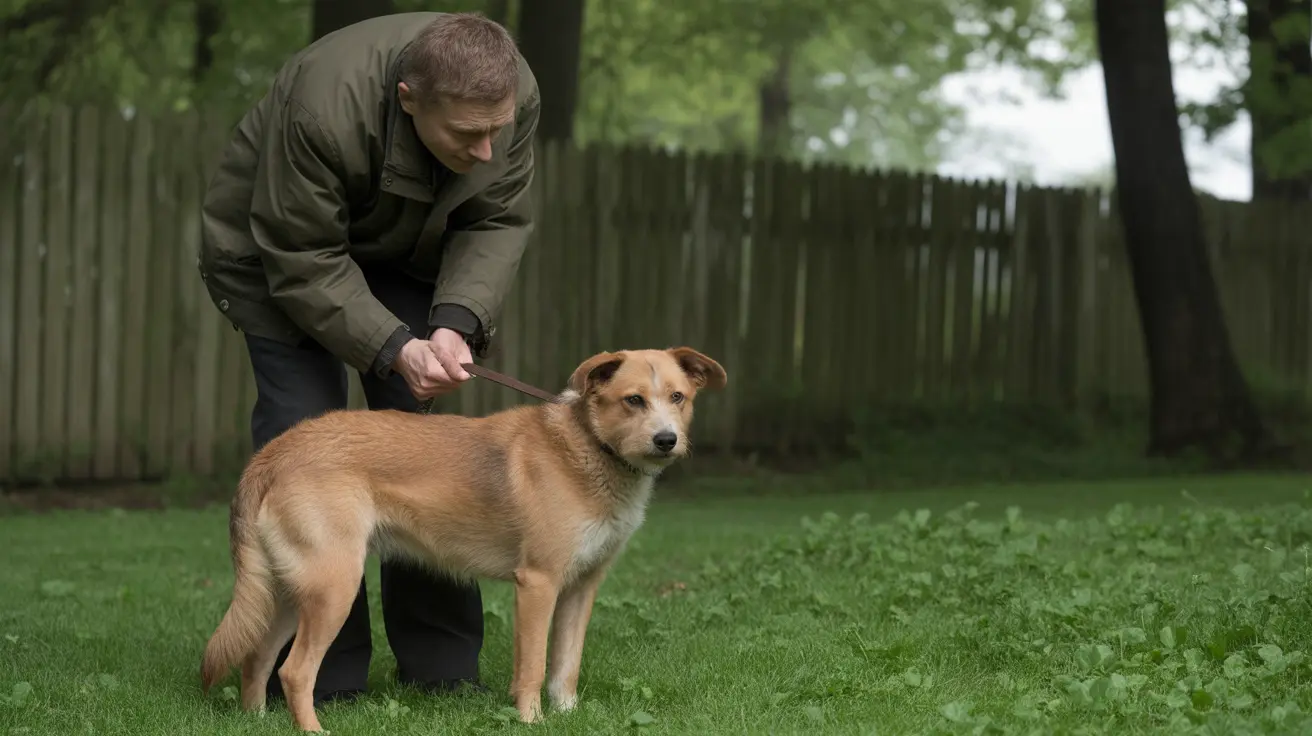For anyone raising both cats and chickens, understanding the relationship between these animals is crucial - especially when it comes to vulnerable baby chicks. While cats are natural predators, their interaction with poultry isn't always straightforward, and knowing the risks and preventive measures can mean the difference between a peaceful homestead and potential tragedy.
In this comprehensive guide, we'll explore the natural instincts of cats towards baby chicks, examine the real risks involved, and provide practical solutions for keeping your young poultry safe while maintaining harmony in your multi-species household.
Understanding Cat Predatory Behavior
Cats are instinctive hunters, and this behavior isn't limited to feral or outdoor cats. Even well-fed domestic cats maintain their hunting instincts, which can pose a significant threat to baby chicks. Unlike mice or birds in the wild, chicks in a controlled environment become easy targets for curious felines.
Research shows that cats hunt primarily based on instinct rather than hunger, which means even your well-fed house cat might still target baby chicks if given the opportunity. This behavior is deeply ingrained in their DNA, making it nearly impossible to completely eliminate.
The Real Risk to Baby Chicks
Baby chicks are particularly vulnerable to cat attacks during their first eight weeks of life. During this period, they lack the size, strength, and defensive capabilities of adult chickens. Their small size and quick, erratic movements can trigger a cat's predatory response, making them irresistible targets.
Unlike adult chickens, which can usually defend themselves or at least pose a challenge to most domestic cats, chicks have no natural defenses against feline predators. Even playful behavior from a cat can result in fatal injuries to delicate chicks.
Effective Prevention Strategies
Protecting baby chicks from cats requires a multi-layered approach:
- Secure housing with proper mesh size (smaller than 1 inch)
- Covered runs that prevent cats from climbing or jumping in
- Regular monitoring of both cats and chicks
- Physical barriers between cat living areas and chick brooding spaces
- Supervised outdoor time for chicks
Creating Safe Spaces for Both Animals
Successfully raising baby chicks in a household with cats requires careful planning and management. Creating designated safe spaces is essential. This might include a separate room or building for brooding chicks, complete with secure windows and doors to prevent any unwanted feline visitors.
Consider using double-door systems or airlocks to ensure cats can't slip in when you're entering the chick area. These measures may seem extreme, but they're necessary for ensuring the safety of your vulnerable chicks.
Long-term Management Solutions
As your chicks grow, the risk from cats typically decreases, but maintaining vigilance is important. Consider these long-term strategies:
- Gradual supervised introductions once chicks are older
- Training cats to respect boundaries around the chicken area
- Maintaining separate outdoor schedules for cats and chickens
- Regular inspection of enclosures for potential breach points
Frequently Asked Questions
Do cats naturally hunt and eat baby chicks even if they are well-fed?
Yes, cats will naturally hunt baby chicks regardless of how well-fed they are. This behavior is instinctual rather than driven by hunger, which means even the most pampered house cat might still chase and attack chicks if given the opportunity.
How can I protect my baby chicks from cats in a backyard or homestead setting?
Protect chicks by using secure, covered enclosures with small-mesh wire, implementing double-door systems, maintaining constant supervision during outdoor time, and creating physical barriers between cats and chick areas. Regular enclosure maintenance and inspection are also crucial.
Is it possible for cats and chickens, including chicks, to coexist peacefully?
While adult chickens and cats can often coexist peacefully, baby chicks require strict separation and protection. Peaceful coexistence is possible with proper management, but never assume any cat is completely safe around chicks.
What are the signs a cat might pose a threat to my baby chicks?
Watch for stalking behavior, intense focus on the chick area, crouching, tail twitching, and attempts to access the chick enclosure. Any of these signs indicate your cat views the chicks as potential prey.
How can I safely introduce a kitten to chickens to reduce predatory behavior?
Start with supervised introductions to adult chickens only, never chicks. Use positive reinforcement to reward calm behavior around poultry, but remember that early socialization doesn't guarantee safety for baby chicks.
Final Thoughts
While cats and baby chicks can exist on the same property, success requires diligence, proper planning, and appropriate safety measures. Never underestimate a cat's natural hunting instincts, regardless of how docile they might seem. With proper management and consistent prevention strategies, you can successfully raise baby chicks while keeping your feline friends.






